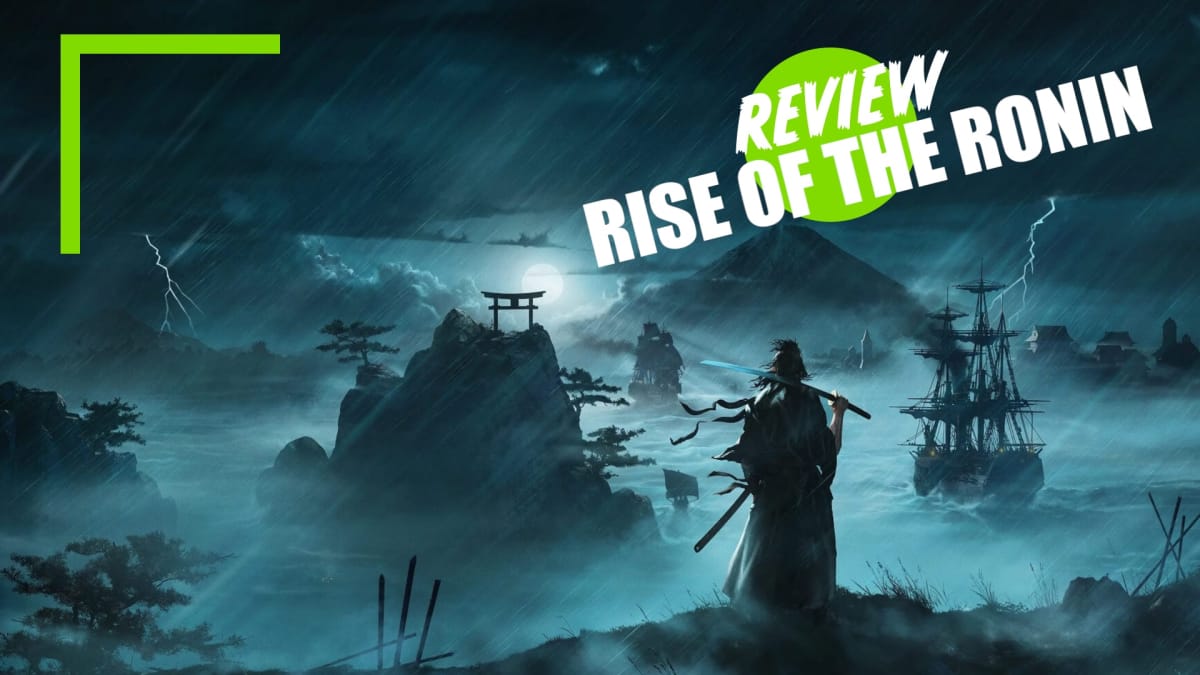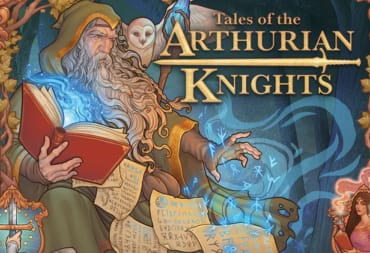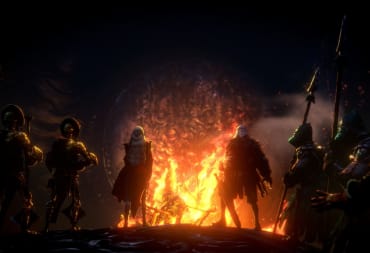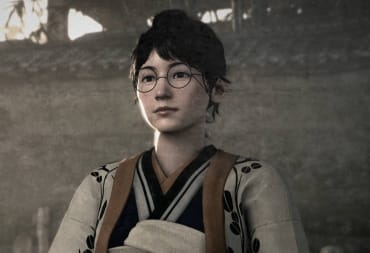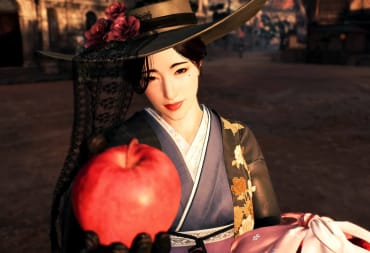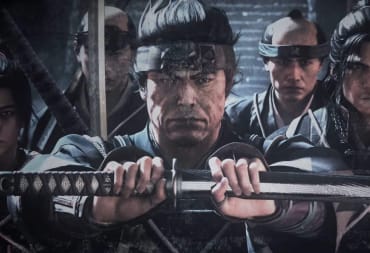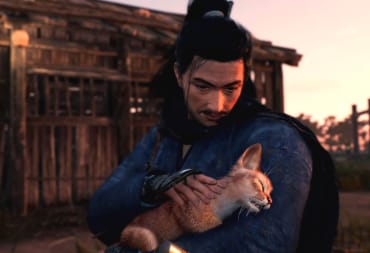Team Ninja is a developer that I’ve become quite fond of in recent years, ever since I tried out the beta for Nioh. They play to their strengths, releasing consistently solid titles with challenging gameplay and replay value. Despite this, I was still a little wary about Rise of the Ronin. Its shift to an open world structure had potential, but could also go very wrong. And, after spending a lot of time with the game, a lot of my fears were not unfounded.
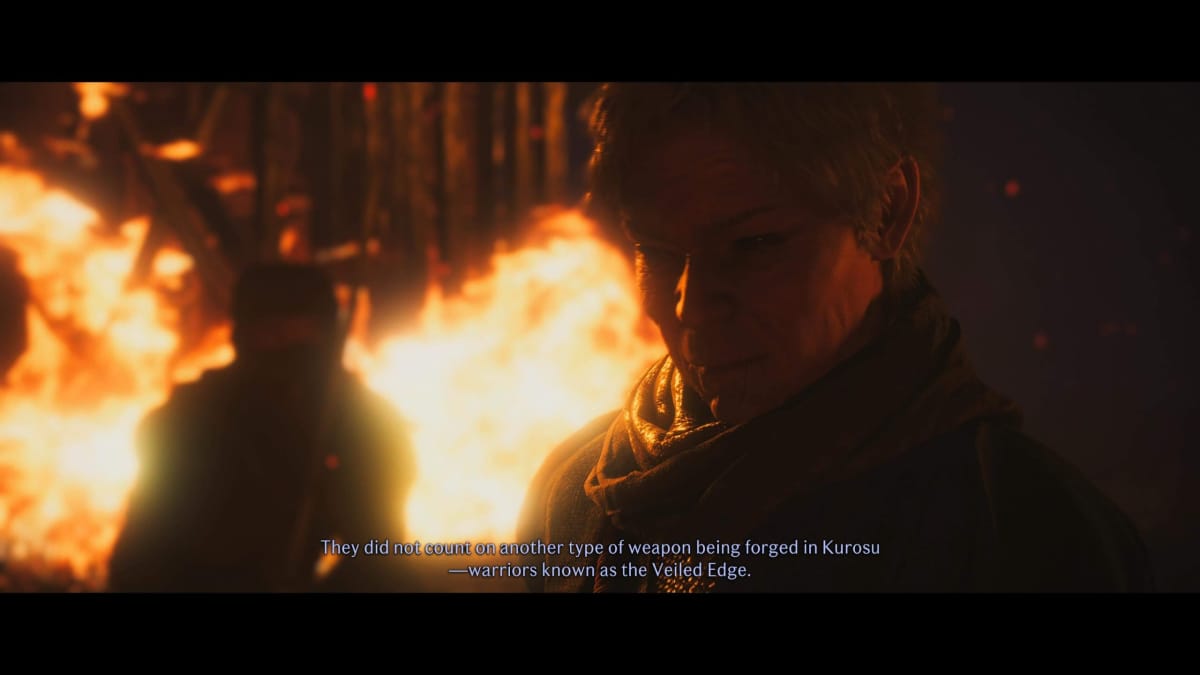
A Poorly Told Rendition of the Bakumatsu Era
Rise of the Ronin takes place during the Bakumatsu Era of Japan, with the arrival of western ships marking the start of the country opening its borders. As you’d expect, the people of Japan had conflicting opinions on this change, leading to conflict between the shogunate and those that would strive to stop the arrival of these foreigners.
The time period makes for a great setting, with many influential figures that can be brought into the story from both Japan and beyond. Some games have tackled the Bakumatsu era in the past, though many — such as last year’s remake of Like a Dragon: Ishin! — only focus on a group of samurai known as the Shinsengumi.
Instead, Rise of the Ronin does what Team Ninja usually do for their titles based on history, and takes players through a brisk retelling of the entire period through the eyes of a completely original character.
You play as one side of assassins known as Blade Twins, both taught from a young age how to fight and kill. It’s possible to customize both Blade Twins at the start, though you’ll only play as one for most of the game once they become separated during story events. The player character is mostly unvoiced, though they’ll occasionally speak on rare occasions.
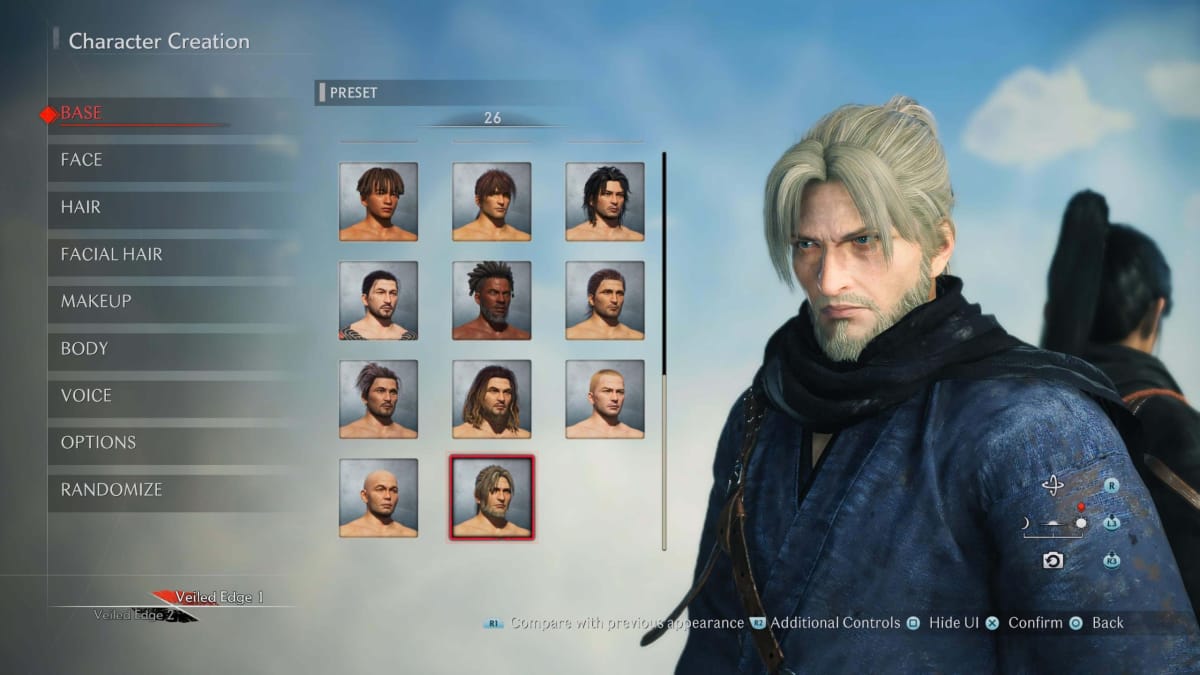
The Blade Twin you choose to control ends up going on a journey to find their lost companion, which gets them embroiled in the many battles that are about to take place as Japan goes through drastic changes. This seems them teaming up with both pro and anti-shogunate groups, taking on missions for both as they try to discover what happened to their Blade Twin.
When I said earlier that the overall story follows a similar structure to recent Team Ninja titles, I didn’t mean that in a good way. Rather than trying to keep the cast of main characters small and giving each enough time in the spotlight, Rise of the Ronin constantly throws new historical figures at you.
I get the reason why they’d want to cram in as many important people as they can, but it just falls into the same trap as Wo Long: Fallen Dynasty. You’ll be introduced to a character, do a mission for them, and then the game’s story skips a few years before you see them again. Everything feels like an excuse just to show people or events through history without giving you a reason to actually care about what’s happening.
Rise of the Ronin even has the audacity to pretend like you’re making meaningful choices. Occasionally you’ll be asked to make one of two choices, often related to siding with a particular faction. But most of these just lead to the same outcomes, only changing a few details for the next mission or cutscene. Most major story beats remain unchanged, leading to a feeling of pointlessness.
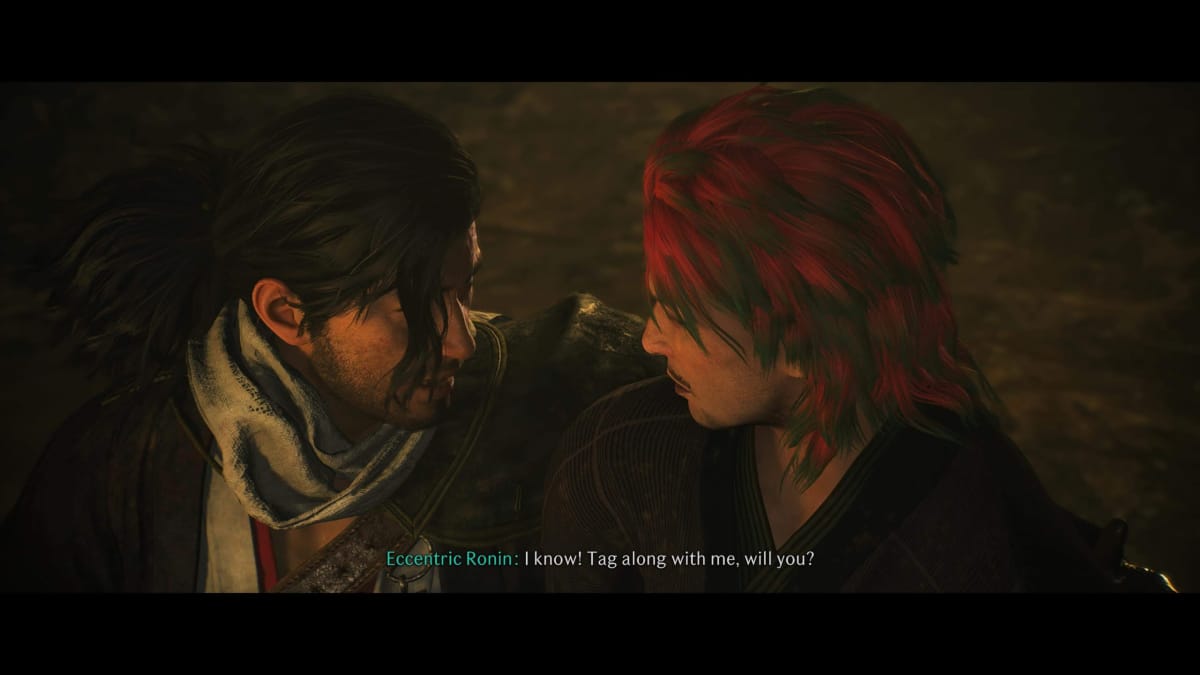
Open World Done Wrong
Making the slapdash storytelling worse is the game’s open world structure. As you’d expect, you’ll be given lots of sidequests to do, with many being split between the pro and anti-shogunate groups. While you might think that Rise of the Ronin would want you to commit to just one, you’re basically incentivized to do everything.
This leads you to fighting against the shogunate one minute, cutting down numerous soldiers, to working with them right after. Sure, you could just try to focus on a single group, but this leads you to missing out on lots of skill points and moves for each weapon type. Rise of the Ronin rarely even acknowledges that you’re essentially a double agent, which clashes with scenes where characters seemingly know everything that’s happening at all times.
This leads to a loop where you roam through the open world just to reach the next quest marker, do something that doesn’t really make much sense for the overall story, then repeat. Of course, you could always try spending time exploring instead, but this just leads to another problem — there’s nothing interesting to do.
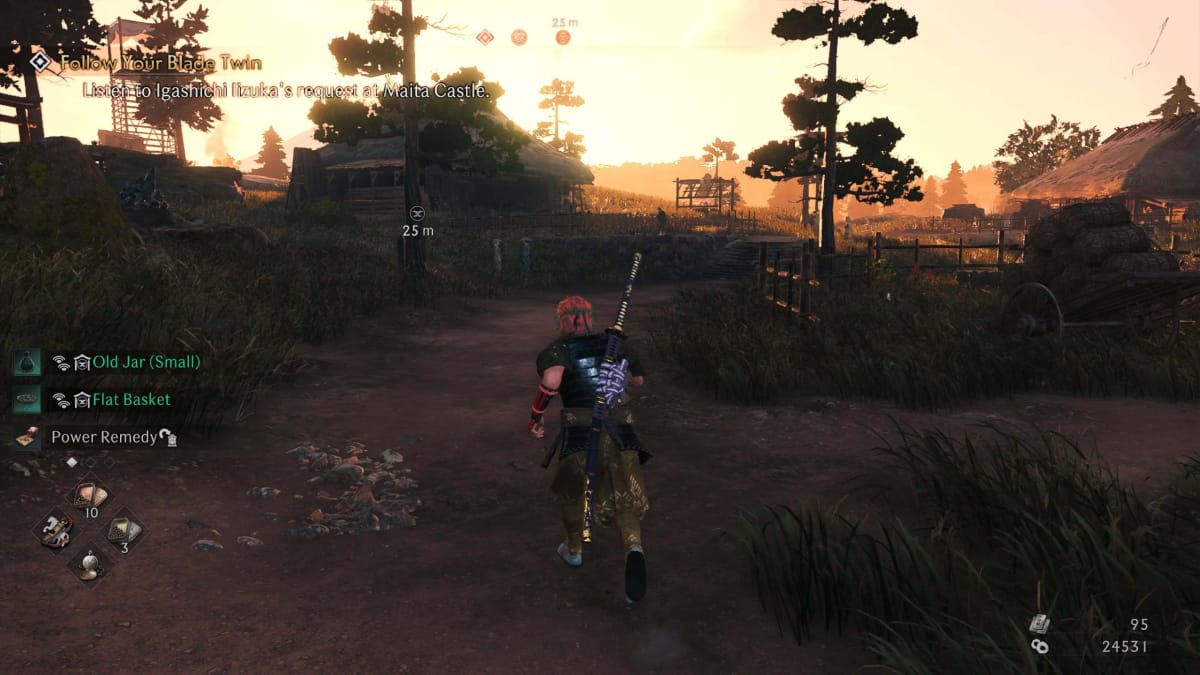
Rise of the Ronin is split into multiple reasonably sized areas, with each in turn split into smaller zones. Doing quests and gathering collectables in each increases your bond with them, rewarding items and skill points as the bond increases. However, what you do in each area is the same loop every single time.
You’ll find cats, open chests, kill groups disturbing public order, all to fill the bond gauge to level 3. As the bond level increases, more of the checklist of objectives will be automatically marked on the map. Completing each area 100% takes very little thought, which might be a positive for completionists but makes for a boring time.
What makes this worse is the fact that, outside of fighting or repetitive collectable gathering, there isn’t much else to do. You have minigames that test your shooting, gliding, and horseback archery abilities, but these are few and far between. Hitting the highest rank for their rewards also doesn’t take much work, though you can at least try to top the online leaderboards.
The open world has the knock on effect of limiting multiplayer gameplay to only a few static stages. Some missions take the form of stages similar to what you’d expect from Nioh (just shorter and easier). These are the only ones that allow you to co-op with other players, or take AI allies along. While a decent distraction, often leading to some of the better gameplay moments, the fact that you can’t even have any of the main cast with you for free roaming is disappointing.
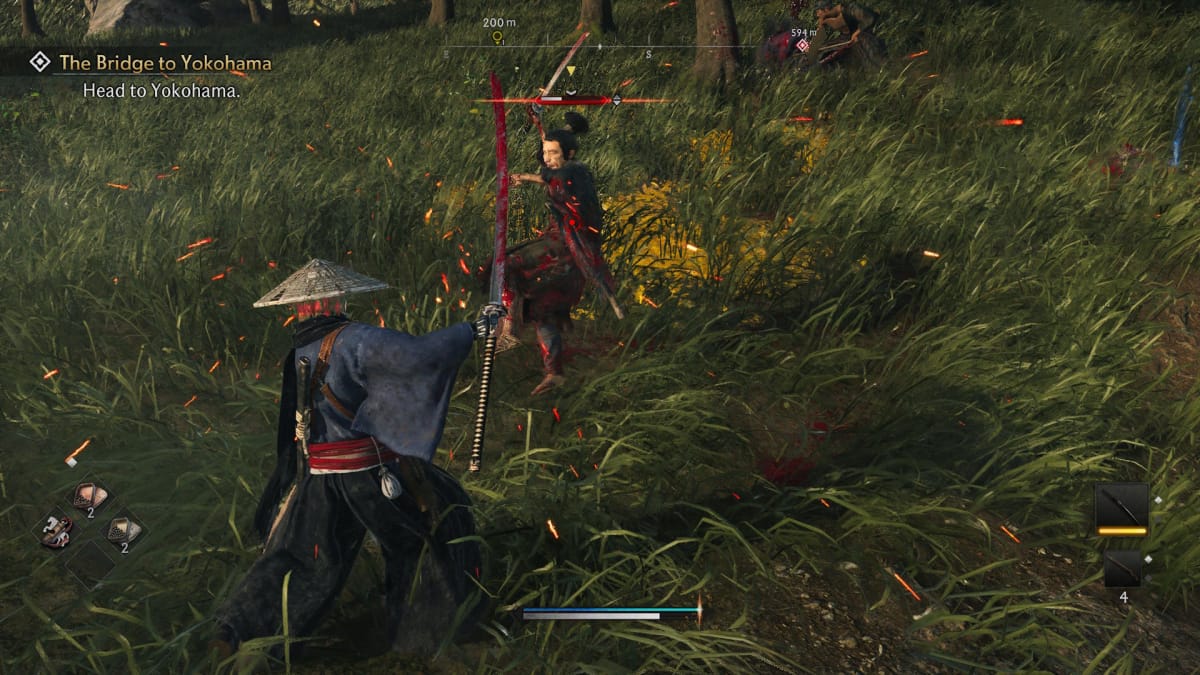
Combat Carries the Experience
While I really think the open world fails to offer anything worthwhile, Rise of the Ronin still managed to claw my interest back due to its combat. The story may be Team Ninja at its worst, but they still know how to craft satisfying swordplay.
What’s here is a mashup of previous Team Ninja titles. You have the stances and a reworked version of Ki Pulse (a way to restore stamina after combos) from Nioh, with Wo Long’s heavy focus on parrying.
Each weapon type can equip up to three stances, with many having more you can mix and match from once unlocked. Stances change the basic combo of the weapon, its available skills, and sometimes even the parry. Movesets are still somewhat simplified over Nioh (no heavy attack combos less directional attacks), but there’s enough to give each stance its own identity.
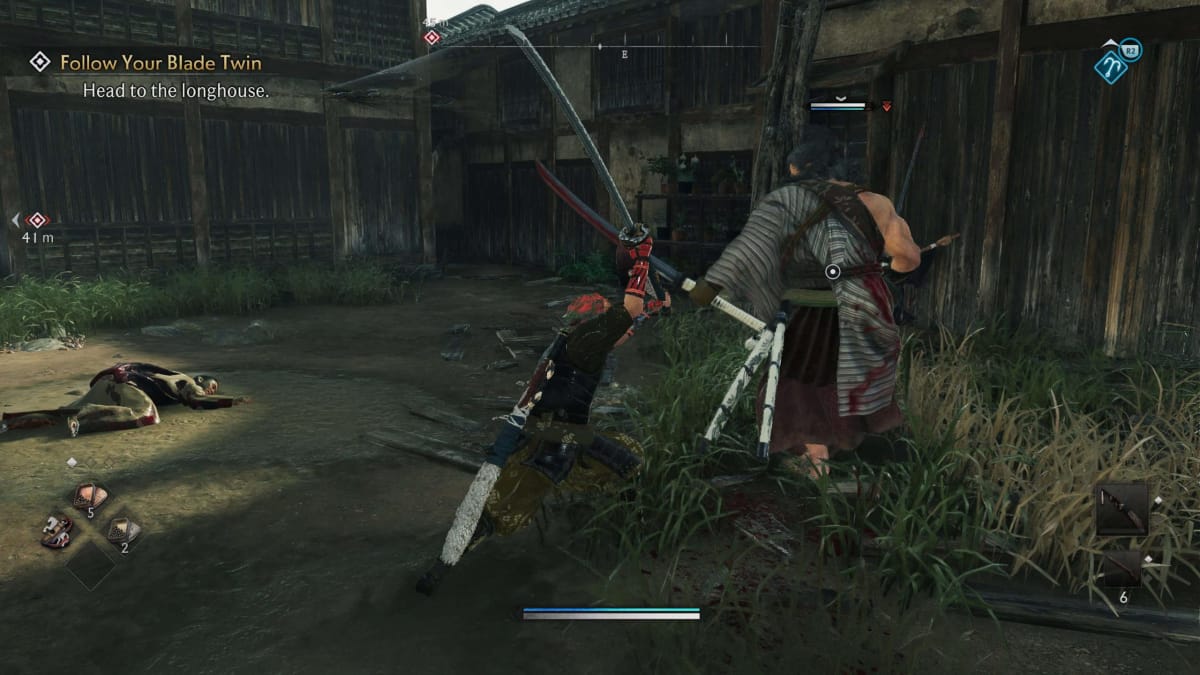
Stances also have another mechanic tied to them in the form of Counterspark. When you parry enemy attacks, you reduce their Ki (stamina), and can perform a powerful attack once this meter is fully drained. The effectiveness of this is tied to what category your stance is in, leading to a sort-of rock-paper-scissors system.
It doesn’t affect the damage you normally do, so feels tacked on as a way to force you to switch. This can cause issues early on while you’re learning, since the stances that have different parries also lead to different parry timing. Parry timing in general can feel a little inconsistent, especially for the attacks that are unblockable and must be parried. This might be partly down to the lack of Wo Long’s directional parrying, which gave you more control over parrying enemies from odd angles.
Enemy variety can be an issue too, lacking any weird and wonderful demons to content with this time. Most smaller enemies use basic versions of the movesets you have access to, with the occasional large guy thrown in for good measure. Bosses bring a little more variety, usually having a few unique moves to make them stand out, though the setting does put limits on what you can encounter.
Still, combat is fun despite some minor issues. Each fight is fast paced, as you switch between stances, manage your Ki, and dismantle the next group of enemies. When not trudging through the open world, Rise of the Ronin’s gameplay can often feel like a solid sidegrade to Nioh.
You even have some better ways to deal with enemies outside of direct confrontations, such as the option to sneak around and hide in long grass. Stealth is actually viable sometimes now that you don’t have to slowly walk around, though tougher enemies will still force a fight even when attacked stealthily.
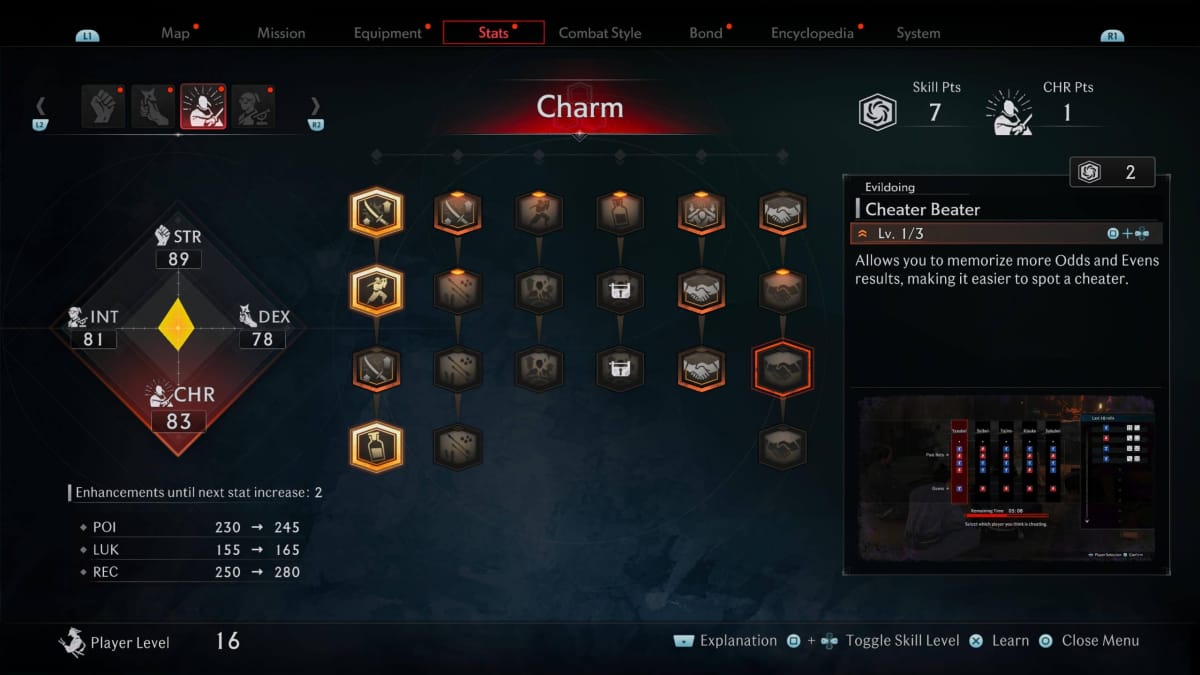
Lacking Build Variety
The main problem I have with combat is instead the systems surrounding it, a lot of which tie into the game’s open world. Rise of the Ronin has a skill tree split into four different sections. Upgrading skill nodes in each section unlocks new universal abilities or percentage boosts to certain stats, with more stat bonuses unlocking at different milestones.
Unlike Nioh or Wo Long however, you don’t have to specialize in anything. Initially, you’re just choosing what you want first, with it being possible to eventually unlock every node across the entire skill tree. You gain skill points constantly, and you’ll have access to most of the things you want well before the story is over.
On the other hand, a lot of styles are walled behind sidequests and bond progress. This means you have to do every quest despite the narrative issues it causes, and some weapons will be lacking in moves until near the end — styles only get three unique skills each, and that’s if you’ve already bonded enough with the right character.
What makes the lack of build diversity odd is that randomized gear is still a thing. It feels even more unnecessary than before, leading you to sift through hundreds of weapons and armor pieces that all have small percentage bonuses that don’t matter. In the end, I just stuck with picking whatever had the highest stats that also let me max out at least one set bonus.
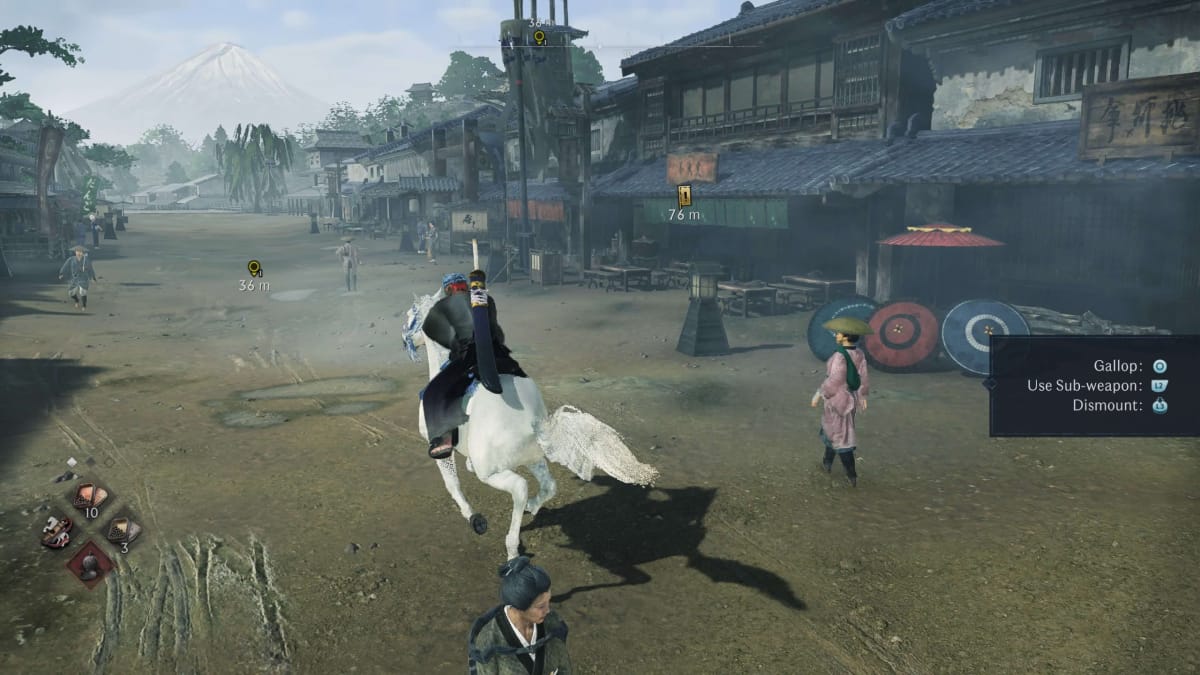
Fall of the Framerate
I can’t end a review of Rise of the Ronin without talking about its visuals. Frankly, it’s pretty rough. You have the option of visual, performance, and raytracing modes, though each comes with its own downsides. The visual focused mode offers 30fps max and looks fine, but nothing that hasn’t already been done better on the PS5.
Performance is where the issues really pop up (often literally). The game has a lot of trouble keeping a consistent 60fps, while running at what seems to be 1080p. This leads to a stuttery experience whenever more than a few people are on the screen, along with pixelated visuals that would look bad even a generation ago. Pop in is a common occurrence in this mode as well, details slowly loading in while you roam the Japanese countryside.
So you end up having a choice between a relatively stable framerate and better (but still not great) visuals, or sometimes 60fps but with a loss of detail and noticeable framerate drops. Neither is ideal considering the timing focuses combat, and it’s also not a great look for a PS5 exclusive published by Sony.
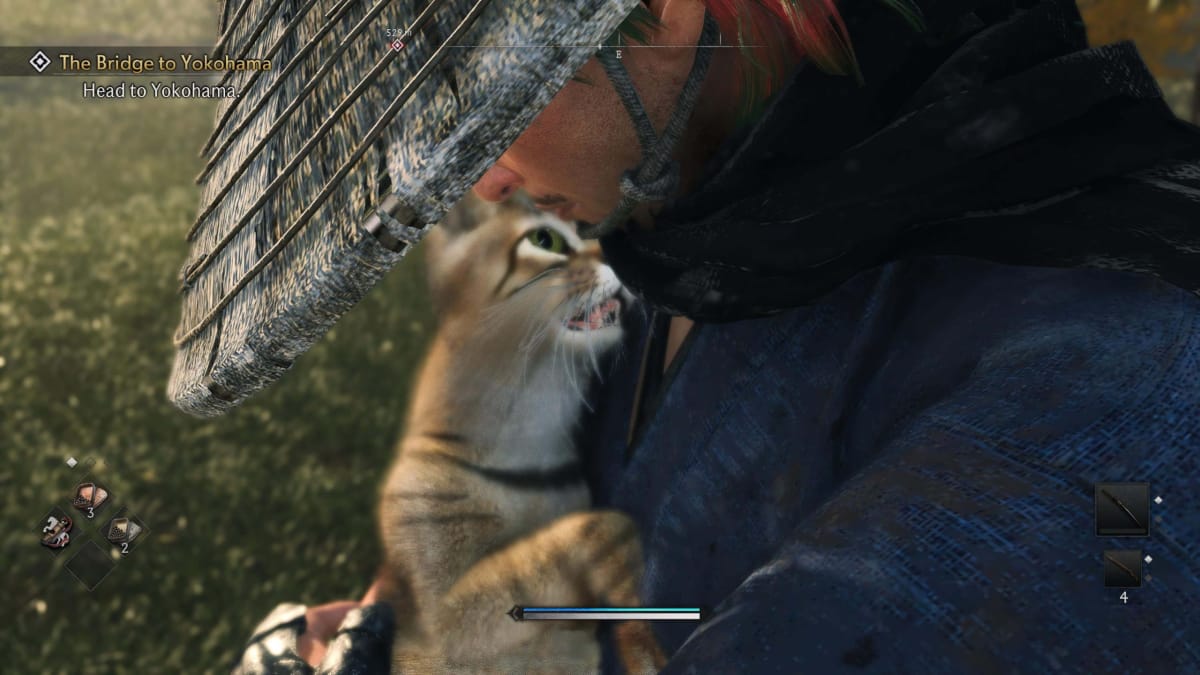
Rise of the Ronin Review | Final Thoughts
Rise of the Ronin is a weird one to review. It does so many things poorly, but I’d be lying if I said that I didn’t enjoy the combat. Battles take what would be a below average title and elevates it to something that I could almost recommend some people play. Nioh fans will absolutely be disappointed, but if you’re okay with a mediocre open world story that had decent sword fights, then this could eventually be worth playing.
Rise of the Ronin was reviewed on PS5 with a copy provided by the Developer over the course of 45 hours of gameplay - all screenshots were taken during the process of review
Review Summary
Pros
- Weapon and stance variety
- Covers the Bakumatsu era outside of just the Shinsengumi
- Combat is still fun despite other issues
Cons
- Stale open world
- Story is a mess
- Limited multiplayer
- Performance is shoddy
Have a tip, or want to point out something we missed? Leave a Comment or e-mail us at tips@techraptor.net
